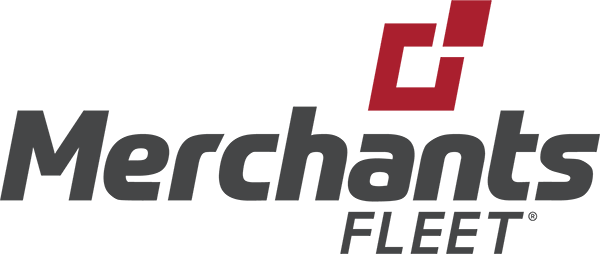Acquisition Services
Close-End Leases
If you’re looking to keep costs in check, reduce risk, and still enjoy all the perks of leasing, a closed-end lease is the way to go.

Vehicle Fleet Leasing vs. Owning
When you lease your fleet, you can also take advantage of our fuel management and maintenance services.
This means you can keep fuel costs in check with handy fuel cards for your drivers, plus stay on top of routine maintenance to keep everything running smoothly.
Leasing lets you save money each month, so you can free up capital to invest in other areas of your business. Depending on the lease you choose, you can unlock different financial perks. With an operating lease, you can deduct 100% of your lease payments from your income statement for some nice tax benefits. Or, with a capital lease, you get to claim depreciation and deduct the interest expense from your lease payments. Either way, it’s a win for your bottom line.
| Factor | Leasing | Owning |
|---|---|---|
| Cost structure | Flexible terms available that align with your business needs | Less flexibility and long-term ownership costs; no monthly payments once the vehicle is paid off |
| Acquisition process | Acquiring vehicles is quick and easy, with little-to-no upfront costs | Requires financing or cash up front; often involves a more detailed approval process, including credit checks and a down payment |
| Short-term options | Short-term leasing allows temporary scaling to meet peak/seasonal demands | Less flexibility in short-term usage; still tied to long-term ownership costs |
| Cost savings | Save on fuel and maintenance costs; newer leased vehicles are often more fuel efficient and under warranty, meaning routine maintenance and repair costs are typically covered | Ongoing budgeting and forecasting costs |
| Control over vehicle lifecycle | Increased control, resulting in savings on fuel and maintenance | Longer lifecycles, which can increase non-preventive maintenance costs |
| Model upgrades | Simple, cost-effective way to upgrade to newer models | Vehicles are cycled less often because of high investment costs |
| Monthly payments | Lower monthly payments | Higher monthly payments, but leads to full ownership after the vehicle is paid off |
| Vehicle disposal | Lessor takes care of vehicle disposal | Owner must arrange for vehicle disposal |
Thinking About Going Electric?
Merchants Fleet provides the same flexible leasing options for both electric vehicles and traditional vehicles, making it easy to try EVs in your fleet. Have questions or need more information? Our EV experts are ready to assist!


Frequently Asked Questions
Who are closed-end leases ideal for?
Closed-end leases are ideal for businesses that are looking for predictable costs and flexibility without the risk of owing more at the end of the lease. They’re perfect for people who like the idea of returning the vehicle at the end of the term with no obligation to buy and without worrying about its residual value or depreciation. This makes them especially appealing for businesses looking to manage fleet expenses.
What does the structure of a closed-end lease include?
The structure will include lease terms, a mileage limit, monthly payments, residual value, end-of-lease conditions, and a return option.
What happens at the end of my closed-end lease?
You have several options: You can hand over the keys and walk away without any further financial obligation (provided you’re within the mileage limits of your lease agreement and the vehicle is in good condition). You can also keep the vehicle and extend your existing terms, or lease new vehicles with the same flexible terms.
What’s the difference between a closed-end and open-end lease?
Open-end leases have flexible structures that are as close to vehicle ownership as possible, only with the additional benefits of leasing. Closed-end leases set fixed terms, mileage allowances, and return dates before the vehicles are put into service. You will be locked into the agreed-upon stipulations, and there are penalties for turning in vehicles early or going over the mileage allowance. Open-end leases are a popular option because of their flexibility, but closed-end leases can be a better choice for fleets that have low mileage and want predictable payments.
Smart People + Smart Data = Fleet Management Success
Our fleet consultants have it all — the experience, the skills, and the industry know-how. Add in the data and technology at our fingertips, and you’ve got a team that’s ready and eager to work with clients like you.
Experience what expert knowledge can do for
your fleet.
Speak with a Merchants Fleet expert about our total fleet solutions for your organization or industry.

